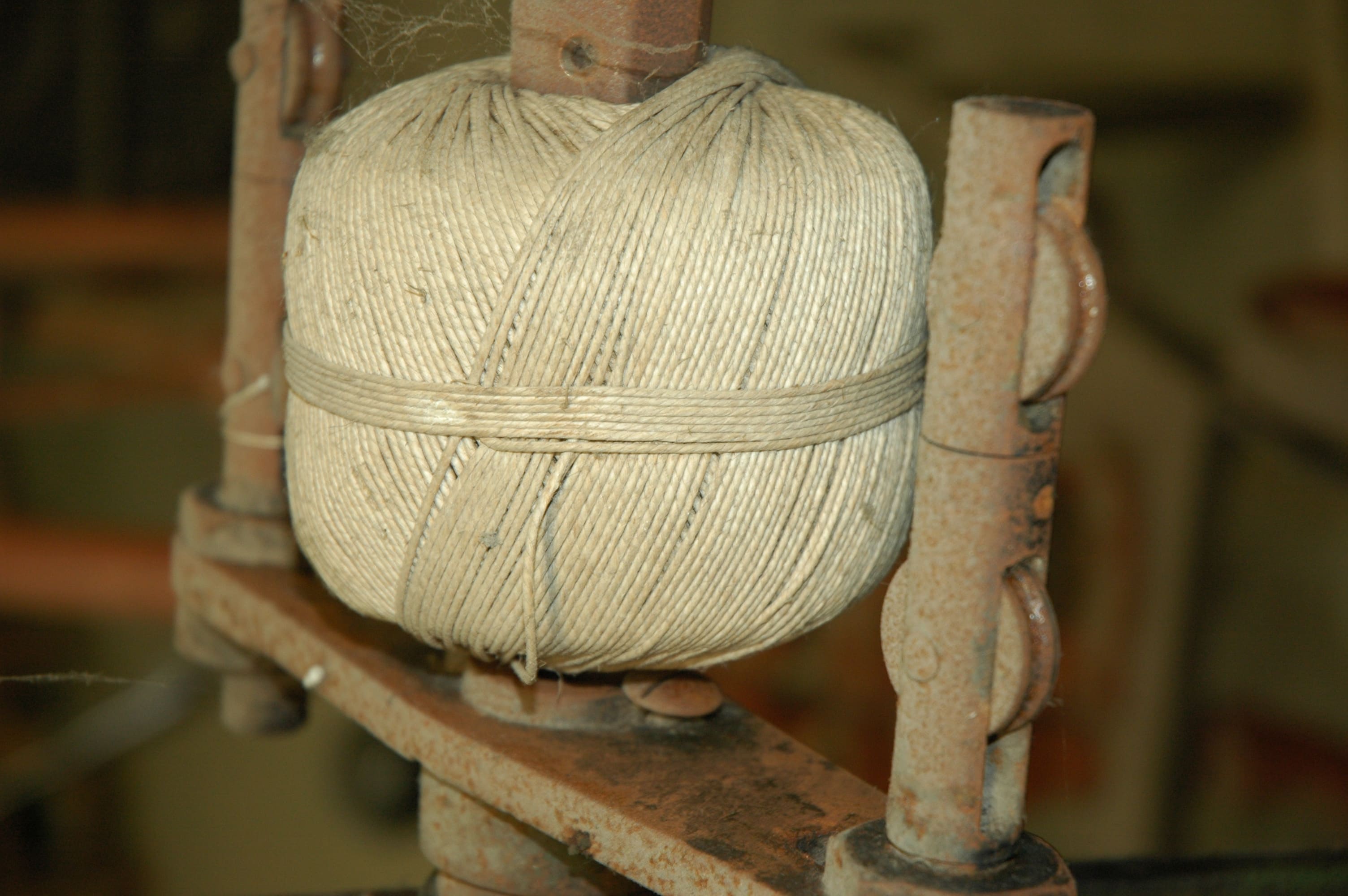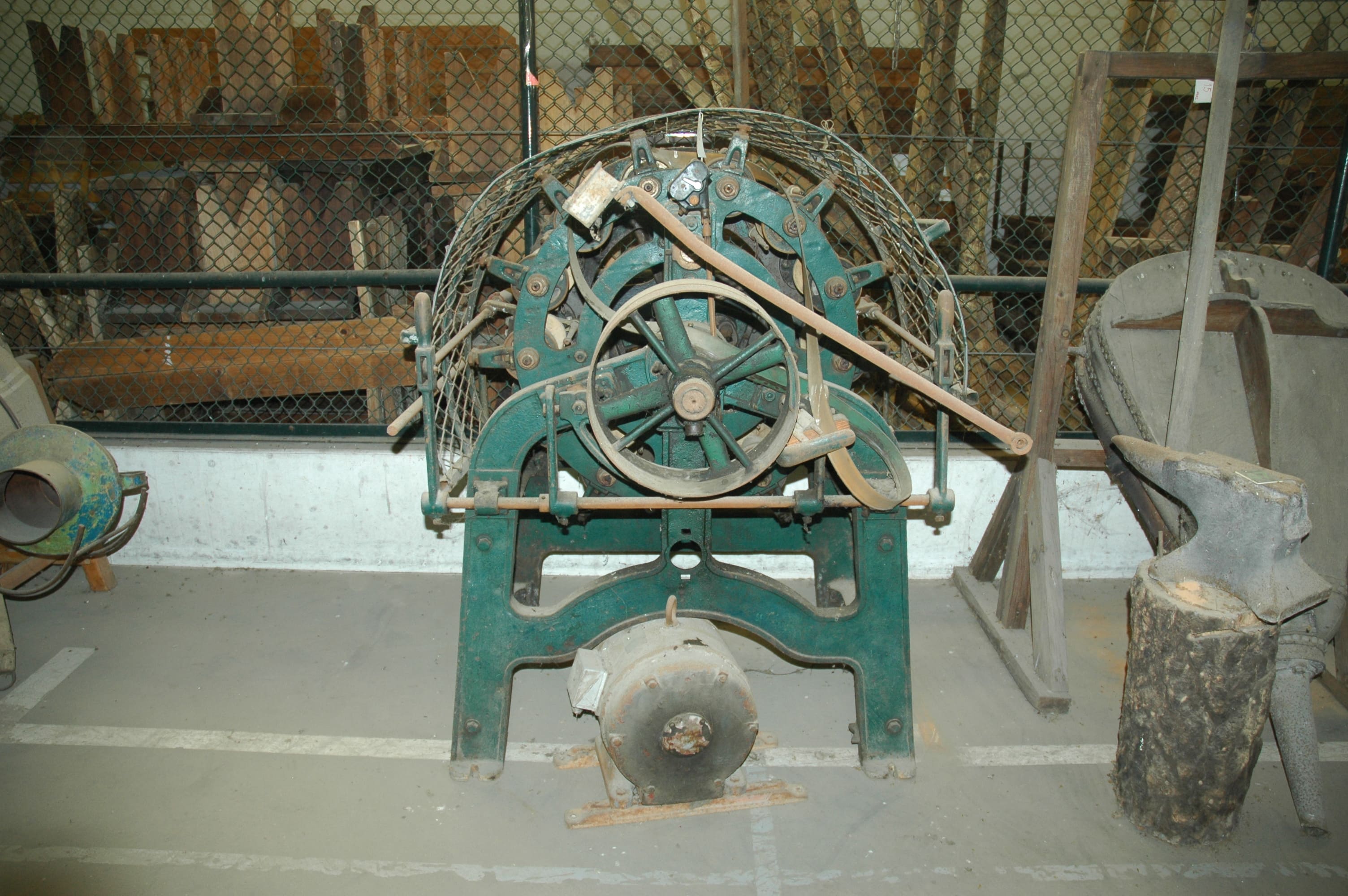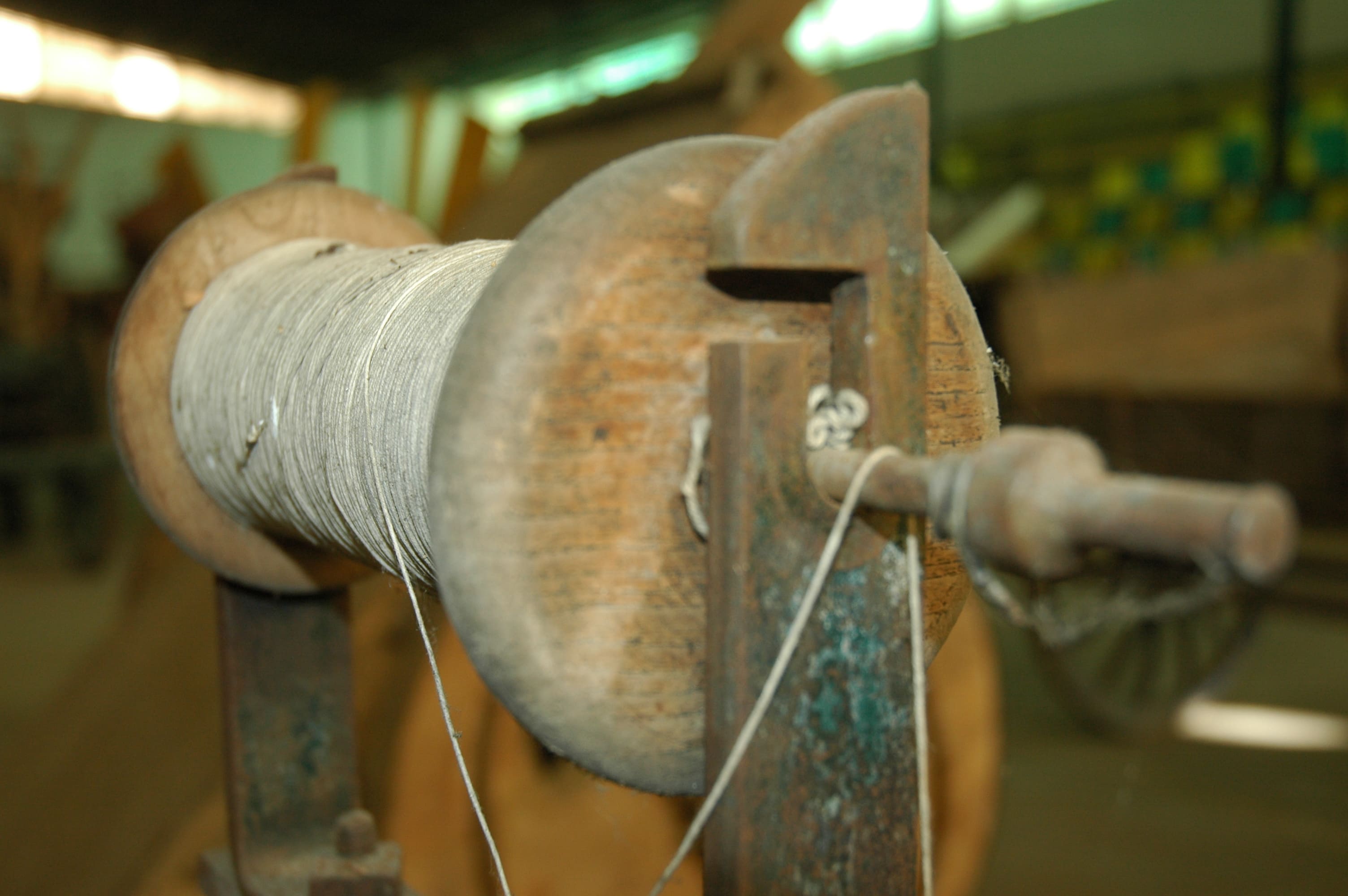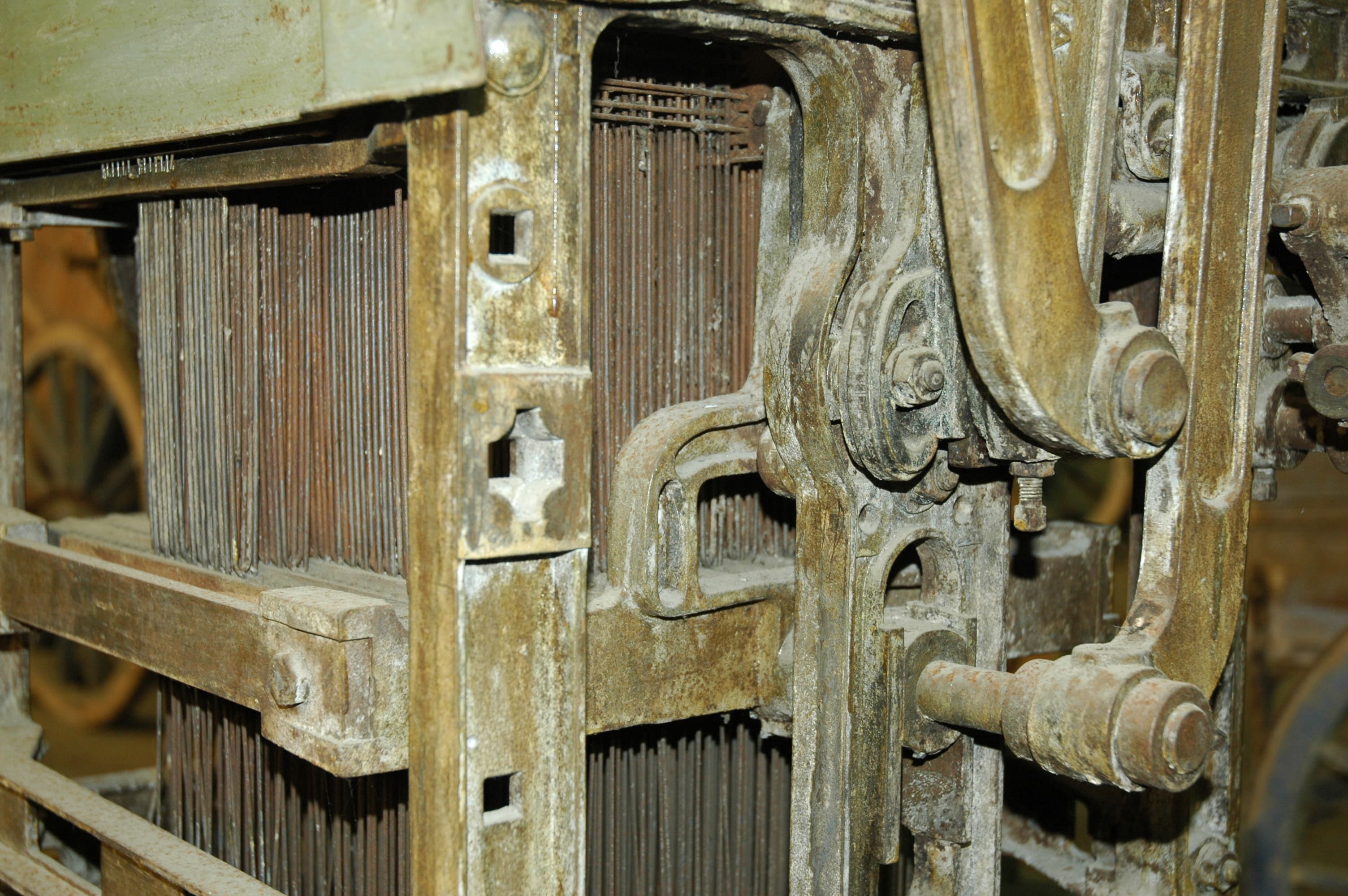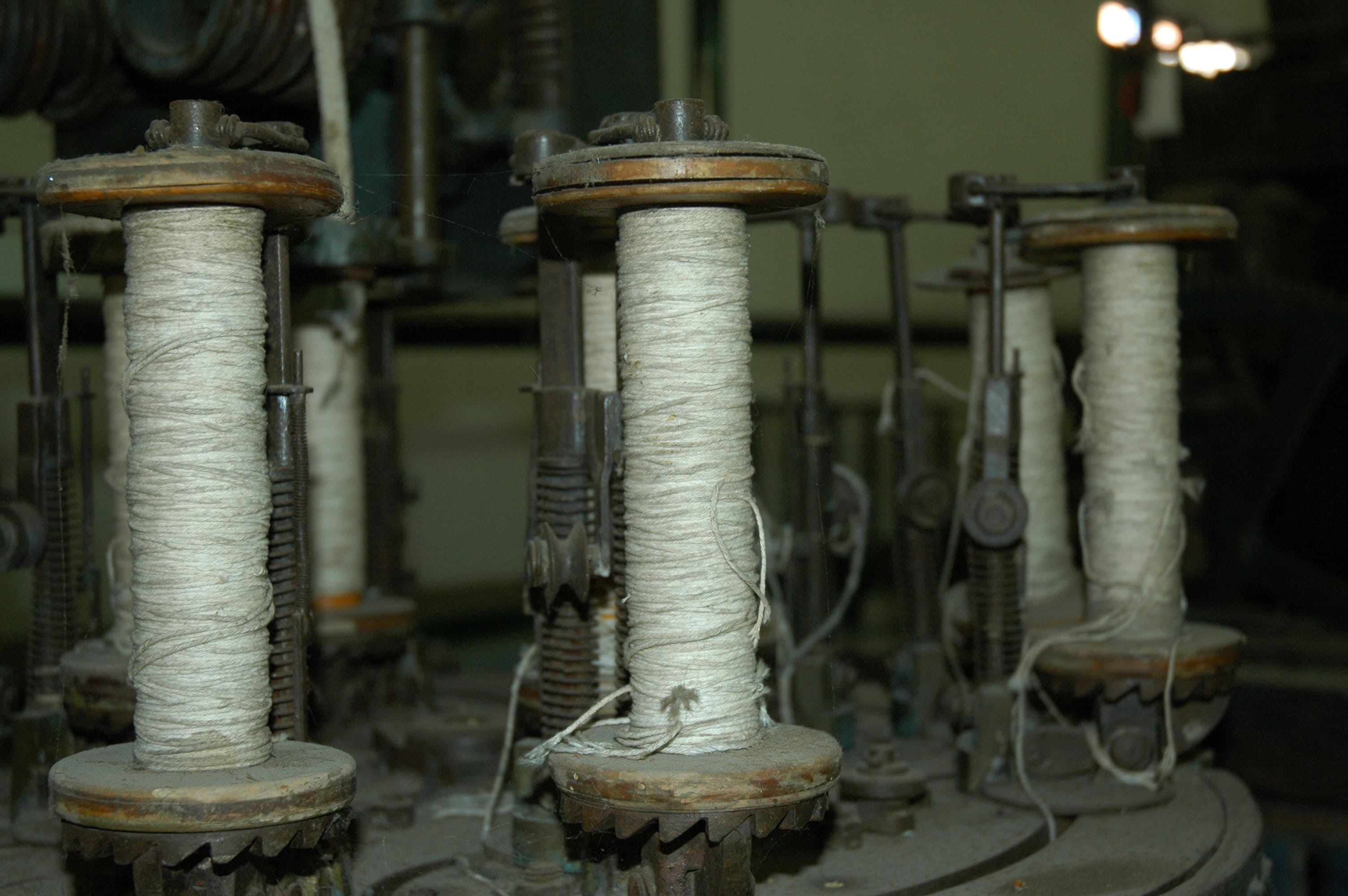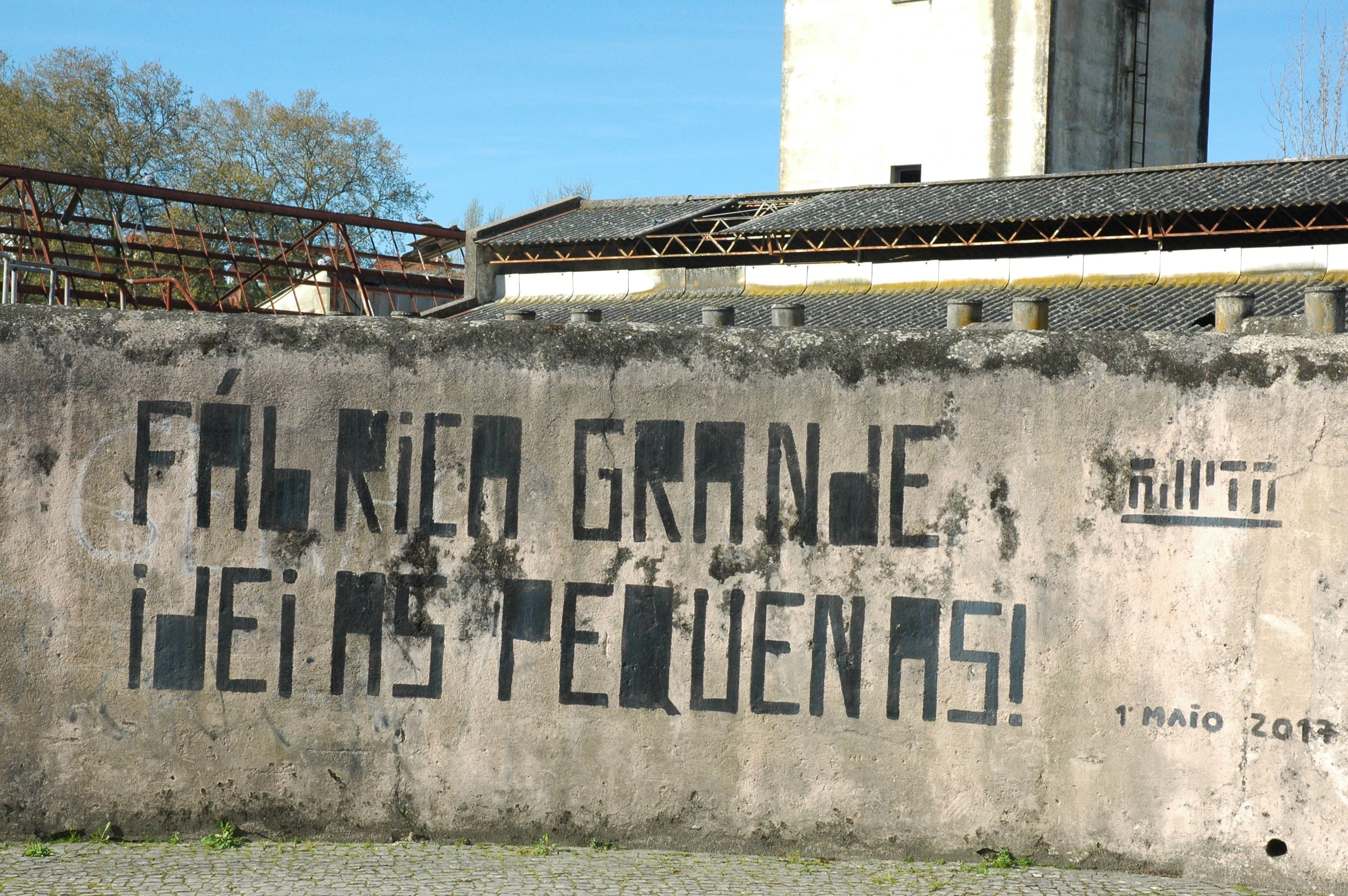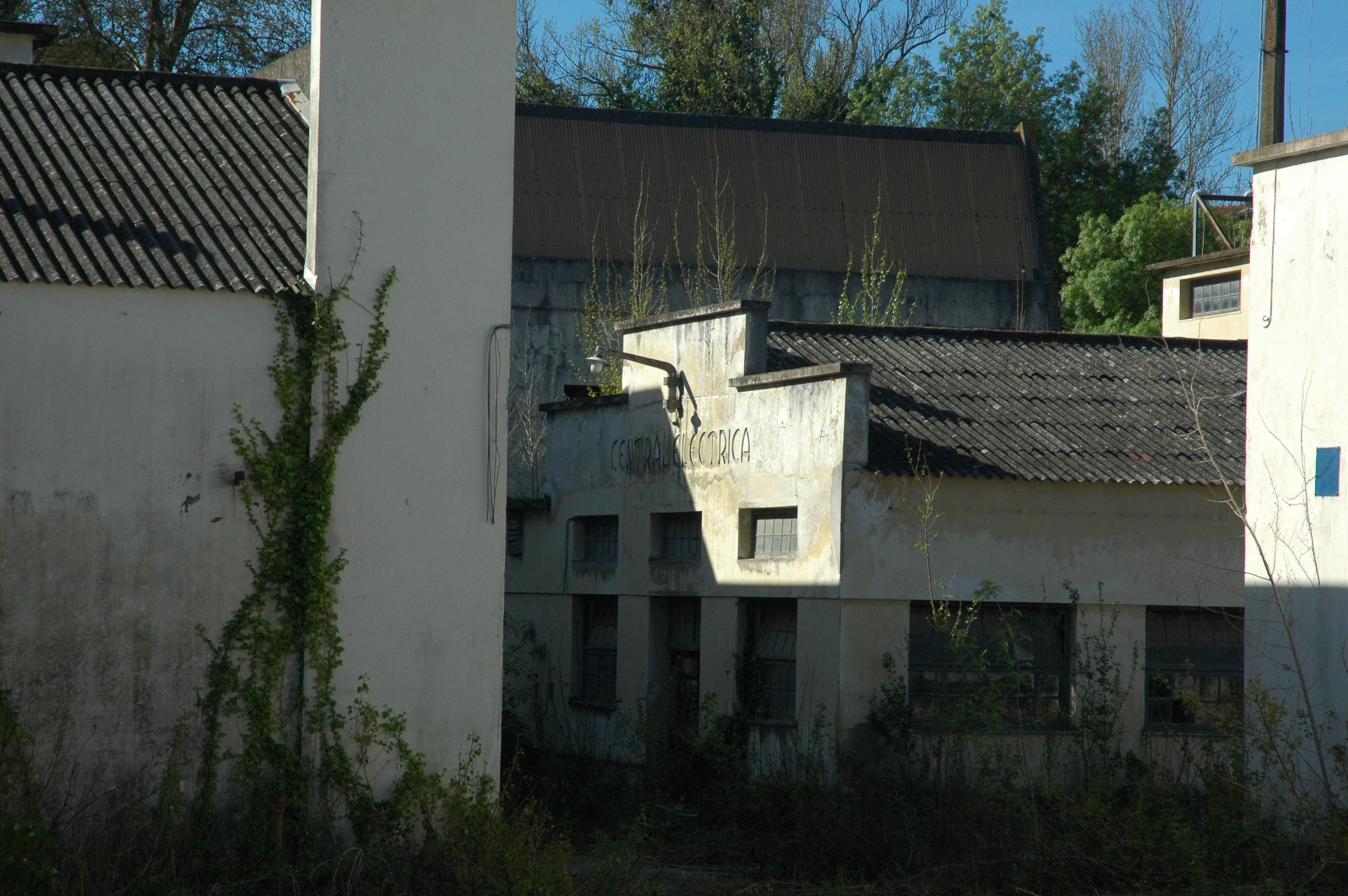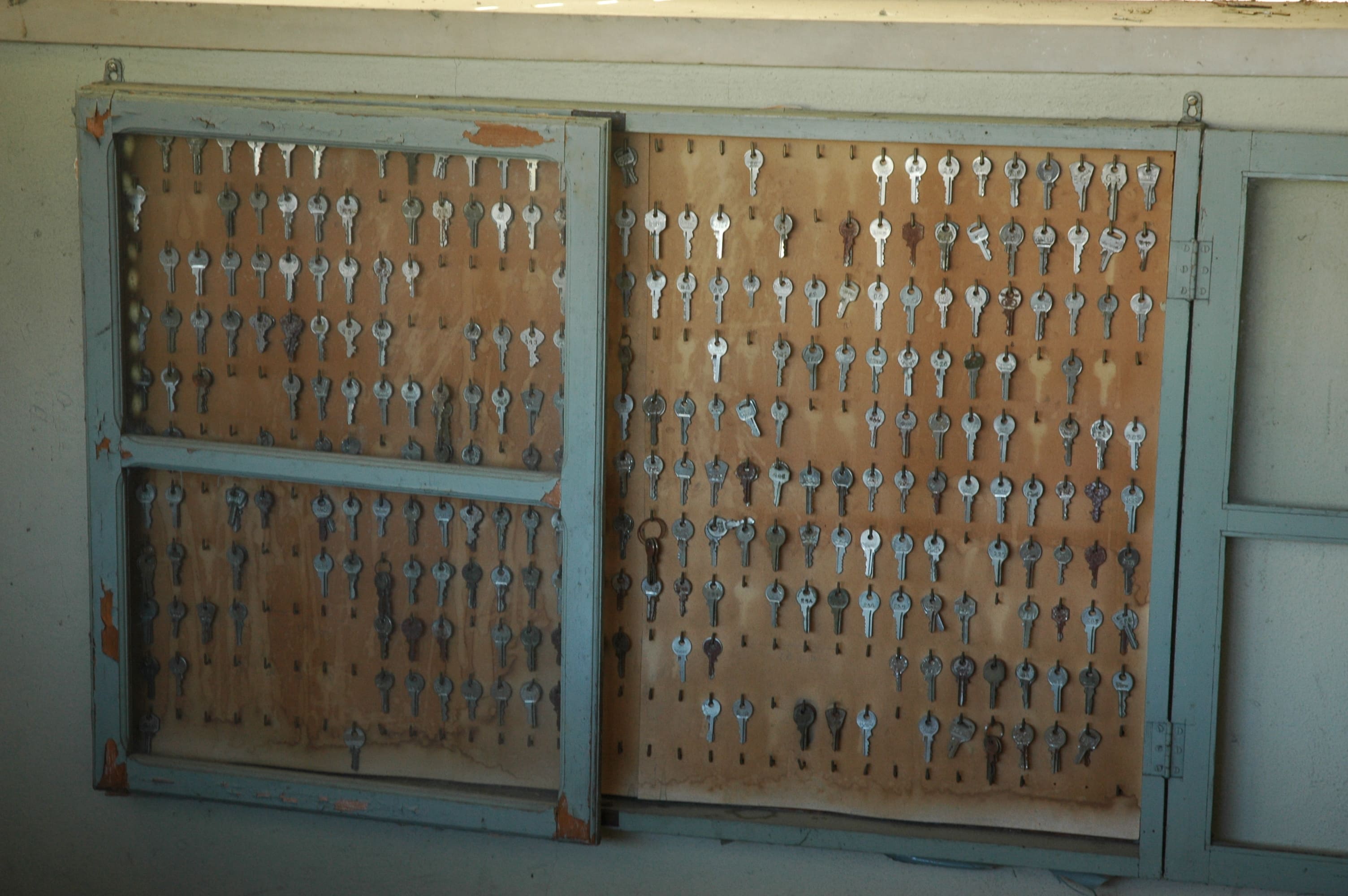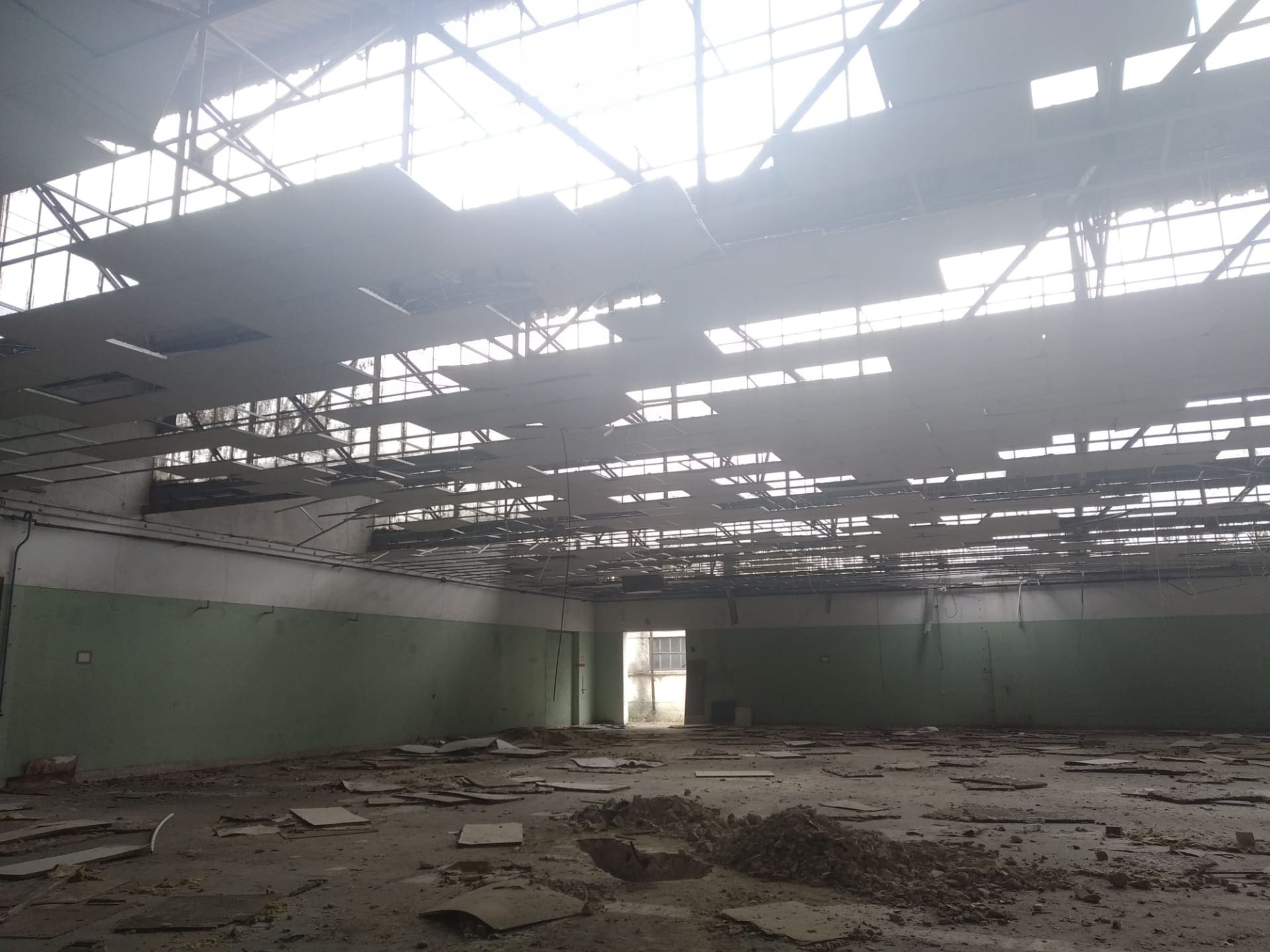The CNFTTN
The CNFTTN is located in Torres Novas, a city in central Portugal. Located in the area bordering the city, next to the Almonda River, and due to its importance and significance for the city, it has deserved the attention of several sectors, not existing, however, any research work on its remaining estate.
Its creation was due to the will of several Lisbon merchants who wanted to have access to the necessary fabrics for their own shops, and mainly to a capitalist of the region, Romão da Silva Sales, who, in 1836, after the September Revolution, founded the Fábrica da Fiação e Tecidos and it was from this that the Companhia Nacional de Fiação e Tecidos de Torres Novas was created, approved by royal charter of D. Maria II on the 2nd October 1845, with 167 shareholders. Founded on 2nd October 1845, it was already in 1881, in 12th place in the list of the 50 largest companies in the Portuguese manufacturing industry, integrating 403 workers at the time.
The CNFTTN, as several authors consider it to be, was one of the major contributors to industrial development at the end of the 19th century and the beginning of the 20th century, which demonstrates its importance in the region. However, in its 166 years of existence (1845-2011), there have been highs and lows. We can consider that the factory had four periods. The first from 1845 to 1873 in which we witnessed the foundation of the factory and its stagnation. The second from 1873 to 1934 which is marked by major reforms, fruit of the Extraordinary General Assembly of 3 September 1873. The third, from 1934 to 1987, years of great expansion of the factory, due in large part to Jacques Bensaude and Henrique Syder. The fourth, and last, period is marked by the decline of the factory and its consequent extinction in 2011, after 166 years of existence, selling its assets.









